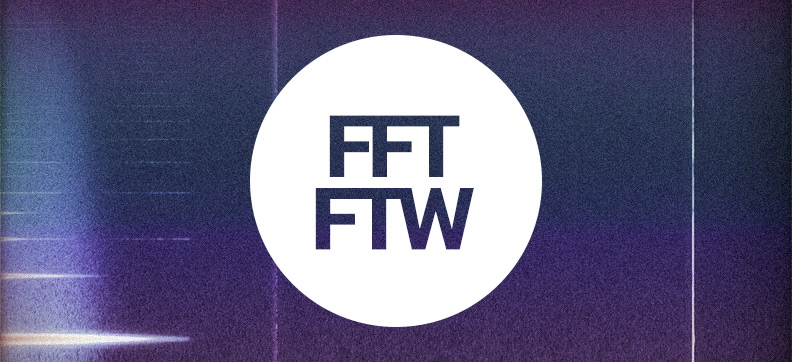Sampling Adventure Kid style
Recording
I use the most appropriate hardware to record and do so in 24-bit. DI-boxes and pre-amps vary but at the heart of this is a high quality sound card chosen in respect of THD and jitter. Nothing really exiting, just good thoughtfully chosen equipment. We also make tape transfers and I tend to record it once to tape and then record it digitally so it after that can be printed to tape again. I let some printing to tape, especially most master grade tape prints, to be made by a couple of studios that still have these machines.
Editing
Almost all editing is done in 32-bit floating point because of it’s fidelity and forgiving nature. After that it’s converted to 16-bit. A sample with the correct amplitude do not gain from higher bit depth than 16-bit.
A lot of time is spent listening and staring at wave forms when you sample. Trying to decide what velocity a sample has, where it really ends. I have found that a high quality FFT visual of the sound is a very helpful aid especially it makes it easier to distinguish if it’s noise from a analogue effect or noise that are a part of a sound and should be kept.
File format
I have chosen to provide my samples in Wave (.wav) and Vorbis (.ogg). The Wave versions is for high quality – what goes in comes out – file format, and is recommended for studio work. The Vorbis versions will probaly work as well but is intended to be used when disc space is tight, when disc streaming is causing under runs and when the speed of loading a sample set matters. There is extremely hard to hear any difference between the samples. I used to swear I could hear it, and sure I can definitely the difference between a low quality Vorbis file and a high quality Wave, but if both are saved with high quality, I have no chance to distinguish between them.

